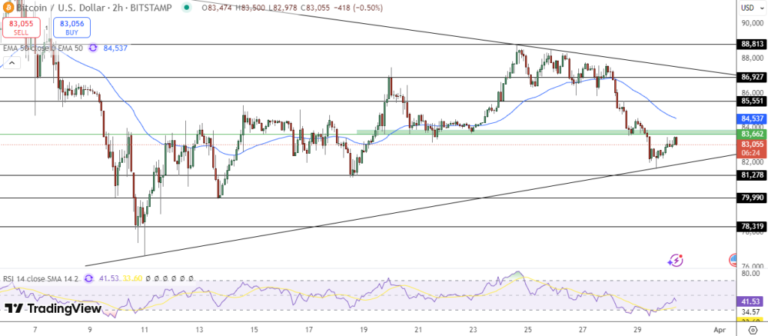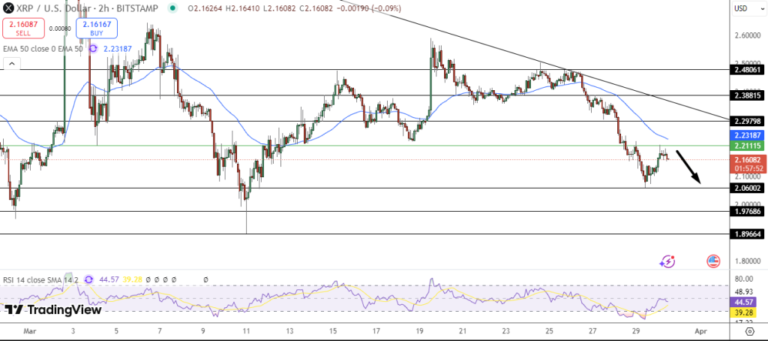
As many as six million people could be forced to pay tax on their savings, figures show.
The data, compiled by Shawbrook in April, shows that approximately six million savings accounts could earn enough to trigger a tax bill this year.
The analysis found there were nearly 4.2 million savings accounts at risk of tax in September 2023, an increase of 900,000 since April 2023.
The data from CACI also showed there were just 257,000 accounts at risk of tax a year earlier.
Laura Suter, director of personal finance at AJ Bell, said that she was in doubt that savers would be hit by higher tax bills.
She said: “The impact of the Tories’ freeze on income tax bands means that more people will be pushed into the higher rate tax bracket, meaning their tax-free limit for savings interest will be cut in half from £1,000 to £500.
“As a kicker, those who have crept into the higher rate tax bracket will also pay 40pc tax on that savings interest, rather than the basic rate of 20pc.”
Adam Thrower, head of savings at Shawbrook said: “It’s concerning that many are still unaware of what an ISA is and how it can benefit savers.
“The tax implications of savings might not have crossed the minds of many before, but with the current elevated interest rates, it’s now much easier to surpass the tax thresholds which remain frozen. By utilising the £20,000 ISA limits, savers can avoid paying some tax and take advantage of the attractive rates currently on offer.”
Currently, a higher rate taxpayer who saves £10,000 in a leading one-year fixed account (5.2 percent AER) would put them over the personal savings allowance. Similarly, for a basic rate taxpayer, £20,000 in the same account could see them go over the threshold.
Shawbrook warns that savers who may not have previously considered the tax implications of their savings should “take heed” and “proactively assess” the potential impact and possible liability.



















